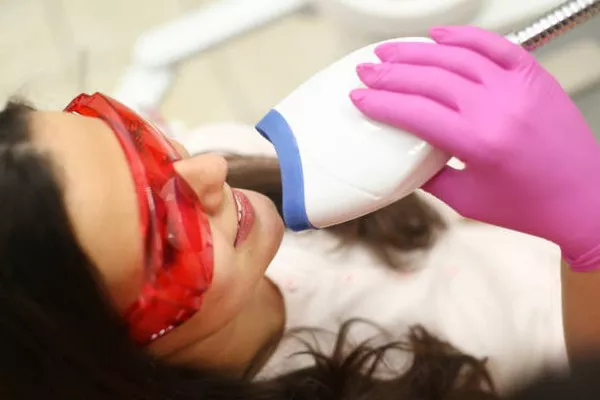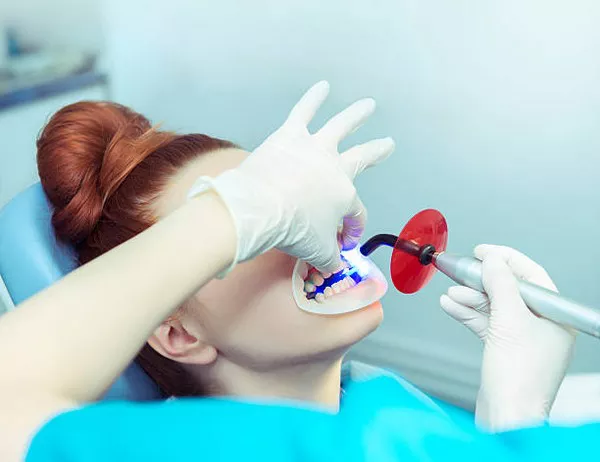Orthodontic treatment, such as braces, is a significant investment in achieving a straighter, healthier smile. As the treatment nears its completion, patients often wonder about the process of removing braces. While the thought of brace removal may evoke feelings of anticipation or uncertainty, understanding the procedure can help alleviate any concerns. In this comprehensive guide, we will walk through the steps orthodontists take to remove braces, address common concerns about pain and discomfort, discuss aftercare, emphasize the importance of retainers, stress the need for professional removal, offer preparation tips, mention follow-up visits, and include visual aids to demystify the procedure for patients.
Procedure Overview
The process of removing braces typically involves the following steps:
Evaluation: The orthodontist will first assess the progress of your treatment and determine if it’s time for the braces to be removed.
Tools Preparation: The orthodontic assistant will gather the necessary tools for brace removal, which may include dental pliers and adhesive removal instruments.
Brace Removal: Using specialized dental pliers, the The orthodontist will carefully remove the brackets from each tooth.
Adhesive Removal: Any remaining adhesive residue on the teeth will be gently scraped off using specialized tools.
Cleaning and Polishing: Once the brackets and adhesive are removed, the teeth will be thoroughly cleaned and polished to remove any remaining residue and restore their natural shine.
Pain and Discomfort
One of the most common concerns patients have about brace removal is whether it will be painful. While the process is typically not painful, some discomfort or pressure may be felt as the brackets are removed and the adhesive is scraped off. This discomfort is usually mild and temporary, lasting only a few seconds for each tooth.
Duration
The entire brace removal process usually takes around 30 to 60 minutes, depending on the complexity of the case and the thoroughness of the cleaning required. Patients can expect to spend a similar amount of time in the orthodontist’s chair as they did during regular adjustment appointments.
Aftercare
After brace removal, it’s essential to follow the orthodontist’s instructions for aftercare:
Cleaning: Continue to brush and floss your teeth regularly to remove any remaining adhesive residue and maintain oral hygiene.
Sensitivity Management: Some patients may experience increased sensitivity after brace removal. Over-the-counter pain relievers can help manage any discomfort.
Follow-Up Appointment: Schedule a follow-up appointment with your orthodontist to ensure that your teeth remain in their new position and to discuss next steps, such as wearing retainers.
Retainers
Retainers are an essential part of orthodontic treatment and are typically worn after braces to maintain the alignment of the teeth. Your orthodontist will provide you with detailed instructions on how to wear and care for your retainers. It’s essential to follow these instructions carefully to prevent any regression of your teeth’ alignment.
See Also: How Much Do Invisalign Costs
Do Not DIY
It’s crucial to emphasize that braces should only be removed by a professional orthodontist. Attempting to remove braces at home or by an unqualified individual can lead to injury, damage to the teeth, and complications that may require additional dental work to correct.
Preparation
To prepare for your brace removal appointment, consider the following tips:
Take Pain Reliever: If you are sensitive to dental work, consider taking an over-the-counter pain reliever, such as ibuprofen, before your appointment to help manage any discomfort.
Eat Beforehand: It’s a good idea to eat a meal before your appointment, as you may not be able to eat immediately after brace removal due to potential sensitivity.
Bring Questions: If you have any questions or concerns about the brace removal process, don’t hesitate to discuss them with your orthodontist before the appointment.
Follow-Up
After brace removal, it’s essential to attend any follow-up appointments scheduled by your orthodontist. These appointments allow your orthodontist to monitor the stability of your teeth and ensure that they remain in their new position. Follow-up visits may also include taking impressions for retainers or discussing any further orthodontic treatment options, if necessary.
Conclusion
The removal of braces is an exciting milestone in orthodontic treatment. Understanding the process, managing any discomfort, and adhering to aftercare instructions can help ensure a smooth transition to life without braces. Remember, professional removal by an orthodontist is essential to avoid complications. Post-removal care, including the use of retainers and maintaining good oral hygiene, is crucial for preserving the results of your orthodontic treatment. With proper care and follow-up, you can enjoy a beautifully aligned smile for years to come.
You Might Be Interested In































